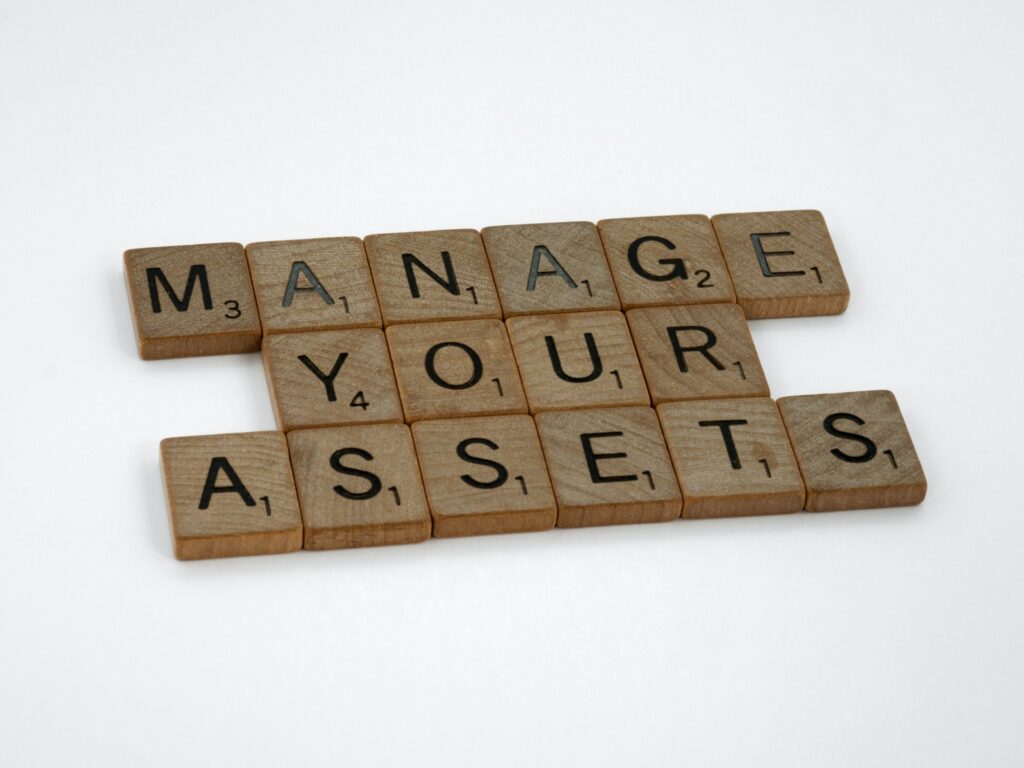Nowadays, the aid of a trained financial expert is extremely beneficial, if not required, in order to attain one’s financial goals. Even though asset management and wealth management are different in some ways, they both try to do the same thing.
In general, asset management refers to the monitoring of any asset that an individual has that is valuable to them. However, in the financial world, this phrase is mostly used to describe the management of an individual’s investments, such as stocks, bonds, and any other instrument used to increase their net worth.
While asset management focuses on a customer’s investable assets, wealth management focuses on the client as a whole. In other words, it tries to address the individual’s whole financial condition and proposes answers for long-term wealth maximization and protection. To tell them apart, you can say that wealth management is a subset of asset management.
Asset management’s goal
The purpose of asset management is to optimize an individual’s investment returns. In other words, your money is “put to work” as efficiently as possible in order to produce you more money.
Asset management and investment management are sometimes used interchangeably, while the former is more hands-on and oriented toward people with a higher level of wealth, while the latter is more precise and intended for any investor. Which means, an asset manager oversees all of a client’s investable assets, whereas an investment manager may supervise stock funds.

What exactly does an asset manager do?
The asset manager is the person or entity that is in charge of optimizing the client’s returns. One important method they use to achieve this is through a process known as asset allocation. As the name indicates, this entails allocating the client’s entire investable assets among several asset types. A basic allocation model splits these assets between stocks and bonds based on the client’s risk tolerance and financial goals.
The asset manager’s job is to decide which investments to make and which to avoid so that the client can reach his or her financial goals without taking on more risk than they are willing to handle.
For example, if a client says they don’t like taking risks, the asset manager may put more of the allocation mix into bonds, which are usually safer investments. If the investor wants to increase the value of their assets, the asset manager may put more of the allocation mix into stocks, which are often riskier but have the potential for higher rewards.
The asset manager is required to perform extensive research utilizing macro and microanalytical methods. This includes market trend analyses, financial document audits, and anything else that helps client asset appreciation.
Asset managers are frequently licensed as broker-dealers and are compensated through commissions or fees based on a proportion of assets under management (AUM). Clients with larger AUM often have cheaper charge structures.
As of 2022, BlackRock ($8.5 trillion), Vanguard Group ($7.3 trillion), UBS Group ($3.5 trillion), Fidelity Investments ($3.7 trillion), and State Street Worldwide Advisors ($4.0 trillion) were the five largest asset management organizations by global assets under management (AUM).
What is the cost of asset management?
The costs of asset managers and asset management techniques vary. Active investment, for example, will incur more costs than passive, index-based investing.
The following is a breakdown of the most prevalent asset management costs:
Fees for active investment management
These costs might differ based on the asset management and the size of an investor’s portfolio. Asset managers typically charge a 1% yearly fee. That means that yearly advisory costs for a $100,000 investment portfolio would be $1,000.
Fees for passive management
Asset managers that adopt a passive investing methodology, which means they invest client assets in index funds that match important benchmarks such as the S&P 500, charge less each year. Most passive management costs range from 0.20% to 0.50% of a portfolio’s value each year, or $200 to $500 for a $100,000 portfolio.
Costs for robo-advisers
Asset managers at so-called robo-advisor investing businesses handle client portfolios using computers rather than humans. Annual asset management costs for robo advisors typically vary between 0.25% and 0.50% of managed assets. For a $100,000 portfolio, this equates to $250 to $500 every year.
Brokerage charges
Investment brokers who handle transactions for their clients may charge per-trade transaction fees that range from $0 (for Internet trading) to $50 per trade, depending on the broker and the type of service provided.
Additional charges
Asset managers may also levy yearly account fees ranging from $25 to $100 each year. When a client closes an account, an asset manager may charge a fee of $25 to $150 per account.
Keep in mind that if you work with a professional asset manager, you may not employ any one model solely. The adviser may utilize a low-cost, more passive manager for certain of the assets and a different, more active, high-feature management firm for others. This cuts costs overall while making the services and performance offered to clients more valuable.

Bottom line
When you work with an asset manager, your investments can earn more money and help you reach your financial goals faster.
Asset management helps the average investor achieve their financial goals, whether they are for a college fund, a new home, or retirement.
Investors should do their homework and choose an asset manager who meets their specific needs. It’s best to talk to more than one expert before getting into a relationship.
Make sure you understand the sorts of assets your adviser will employ, as well as the possible risks and rewards. Most importantly, find out how your adviser is compensated and if they have any personal conflicts with handling your money.
While paying someone to handle your money may seem counterintuitive, especially if you have a low net worth, a modest cost today might save you a lot later.



